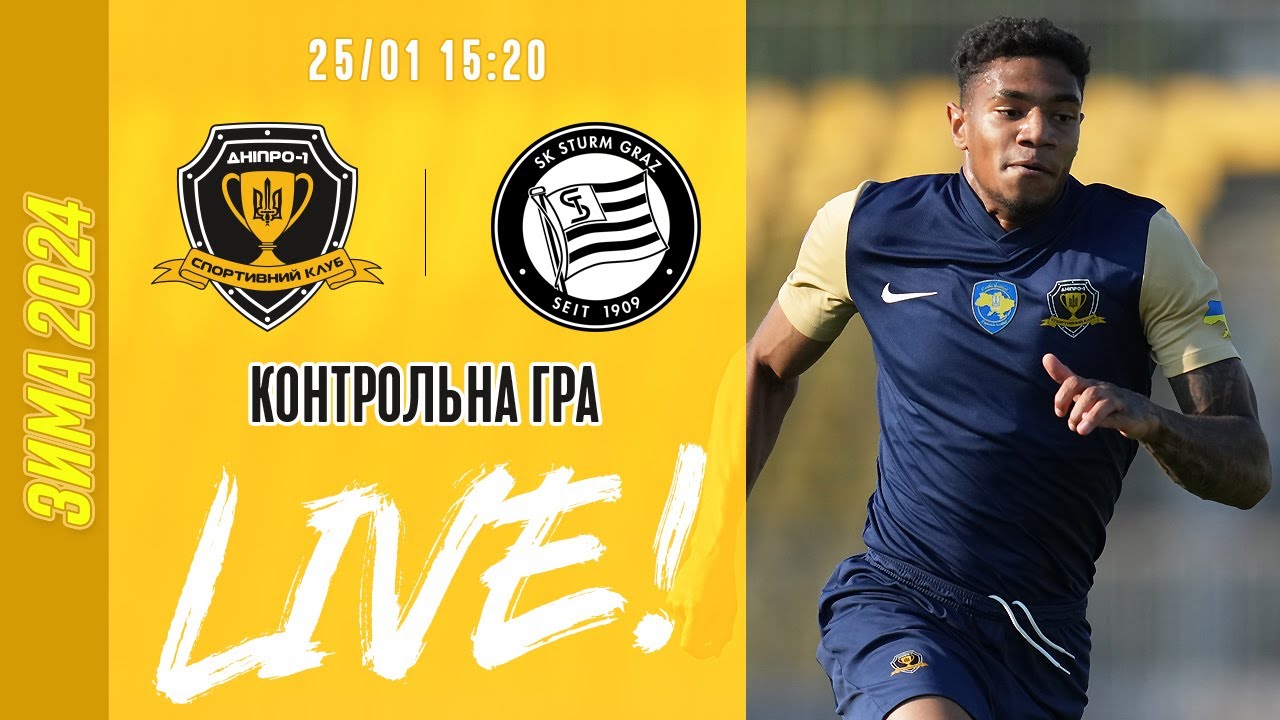Ruben Amorim's Tactics: How He's Making Sporting CP Unstoppable
Summary
TLDR本视频深入分析了葡萄牙体育队在主教练鲁本·阿莫林带领下的进攻战术,特别是球队在1-3-4-3和1-3-2-5阵型中的进攻动态。视频详细展示了球队如何通过后卫和中场的配合来打破对手的防线,尤其是利用边路创造优势。通过解析多种进攻模式,如“互补性跑位”和“相反方向移动”,观众可以了解葡萄牙体育如何在复杂比赛情境下保持进攻节奏。视频还强调了几位关键球员的表现,帮助球队在进攻过程中持续推进。
Takeaways
- ⚽ 里斯本竞技在鲁本·阿莫林的执教下,通常采用1-3-4-3阵型,并根据边翼卫的前插变化为1-3-2-5。
- 🛡️ 球队在比赛中通过3+2的结构展开控球,三个中后卫配合两名中场,形成防守压迫下的传球循环。
- 🔒 对手(如波尔图)通过钻石形状的防守结构试图阻挡里斯本竞技从中路推进,迫使他们通过边路寻找进攻机会。
- 🎯 进攻中的“互补动作”十分关键,通常表现为一名进攻中场吸引防守队员注意,而前锋则伺机插上,利用空间。
- 🏃♂️ 吉奥克雷斯擅长在这种进攻形态中利用速度突破防线,帮助队友推进攻击阵地。
- 🔄 当中路被封锁时,里斯本竞技通过快速转移球寻找另一侧的进攻机会。
- 🚀 边翼卫在进攻时经常通过“相反动作”创造一对一的进攻机会,前锋和中场同时进行跑位,利用对方的防守漏洞。
- 📊 通过调整防守结构为4+1,里斯本竞技能够在对手的高压逼抢下找到传球空间,并通过边后卫推进。
- 🤝 当对手紧逼防守时,里斯本竞技表现出耐心,通过控球拖垮对手,并寻找适合加快进攻节奏的时机。
- 🎯 最后阶段,里斯本竞技通过更紧密的球员分布和高效的配合加速进攻,确保在对方半场占据主动并创造得分机会。
Q & A
问题 1: Sporting 通常使用哪种阵型?
-Sporting 通常使用 1-3-4-3 阵型,根据边后卫向前推进的程度,可以变成 1-3-2-5 阵型。
问题 2: 在比赛初期,Sporting 如何开始他们的控球?
-Sporting 在比赛初期形成 3+2 结构,三名中后卫负责传球,两名中场球员则在对手的第一和第二道防线之间提供支持。
问题 3: Sporting 如何应对对方在中路的防守封锁?
-当对方通过菱形防守体系封锁中路时,Sporting 通过利用边路制造进攻机会,打破对手的防守结构。
问题 4: “互补运动” 在 Sporting 的进攻策略中是什么意思?
-“互补运动” 是指一名球员进行支持性移动吸引防守,而另一名球员则突破防线,利用创造的空间发起进攻,从而让对手难以同时防守两者。
问题 5: Sporting 在边路进攻时如何利用“互补运动”?
-在边路进攻时,进攻中场球员通过支持移动吸引对方后卫注意力,同时前锋利用空间向前跑动,接球并打破防线。
问题 6: Sporting 如何在场上更高位置发起进攻?
-在场上更高位置时,Sporting 通过中场球员的突破跑动吸引防守,创造空间让边后卫或其他进攻球员接球形成 1 对 1 的机会。
问题 7: Sporting 在无法快速推进时如何应对?
-当 Sporting 无法快速推进时,他们会保持控球,消耗对手体力并寻找加速比赛的机会,利用换边传球寻找空档。
问题 8: Sporting 在高位区域的 4+1 结构有什么作用?
-在 4+1 结构中,Sporting 的一名中场球员会回撤加入防线,拉开场地宽度,迫使对手中场和前锋拉出来施压,从而为边中卫制造推进的机会。
问题 9: Sporting 如何打破对方的低位防守?
-Sporting 在打破低位防守时,侧翼中场球员作为控球球员的进攻掩护,通过回传球吸引对手向前压迫,然后进攻中场球员进行突破跑动,接球形成进攻机会。
问题 10: Sporting 如何通过阵型变化保持进攻压力?
-Sporting 通过变化阵型(例如 3+1 结构),让球员在对方防线之间制造传球选项,形成持续的进攻威胁。进攻中场和边锋的跑动可以不断施压对方防线,迫使他们犯错。
Outlines

此内容仅限付费用户访问。 请升级后访问。
立即升级Mindmap

此内容仅限付费用户访问。 请升级后访问。
立即升级Keywords

此内容仅限付费用户访问。 请升级后访问。
立即升级Highlights

此内容仅限付费用户访问。 请升级后访问。
立即升级Transcripts

此内容仅限付费用户访问。 请升级后访问。
立即升级浏览更多相关视频

I found THE BEST FC25 CUSTOM TACTICS!: The BEST 4-2-1-3 WITH NEW PLAYER ROLES

Дніпро-1 — Штурм. Контрольна гра. LIVE!

10-31-24 Phoenix Suns Postgame Media Availability: Mike Budenholzer, Devin Booker, and Kevin Durant

Houston Rockets🚀 We Have a Problem!

DEEPSEEK DROPS AI BOMBSHELL: A.I Improves ITSELF Towards Superintelligence (BEATS o1)

Football 101: Stick Concept
5.0 / 5 (0 votes)